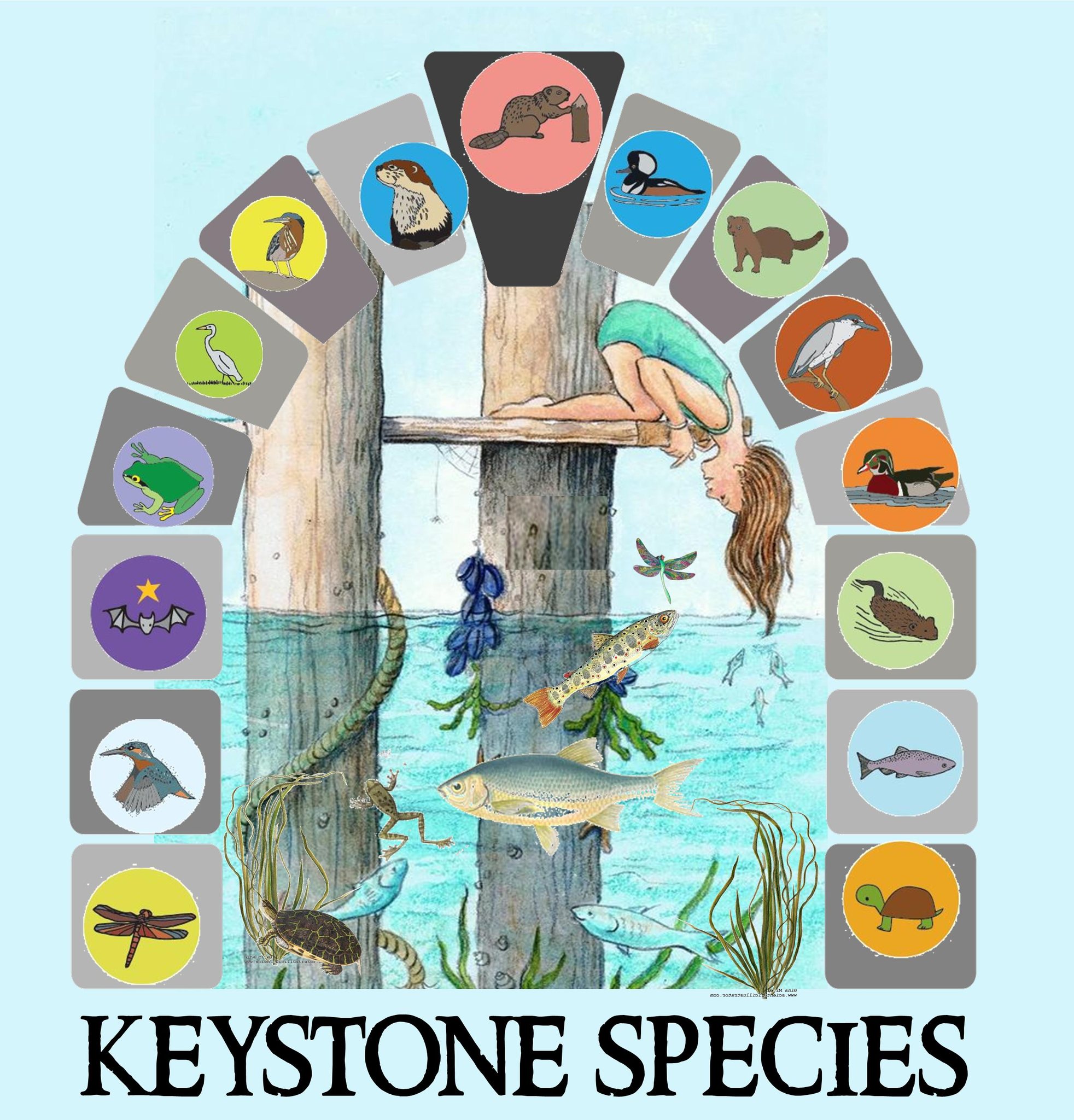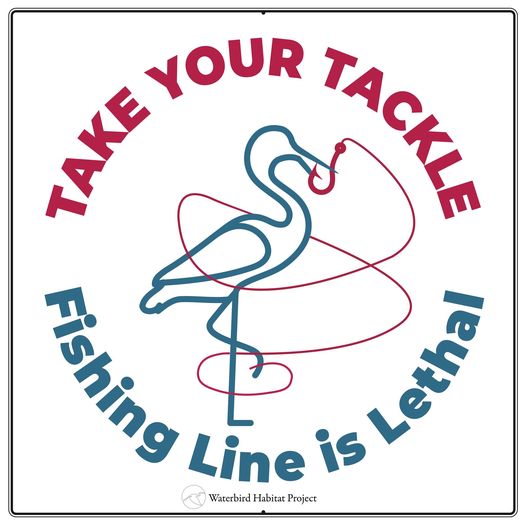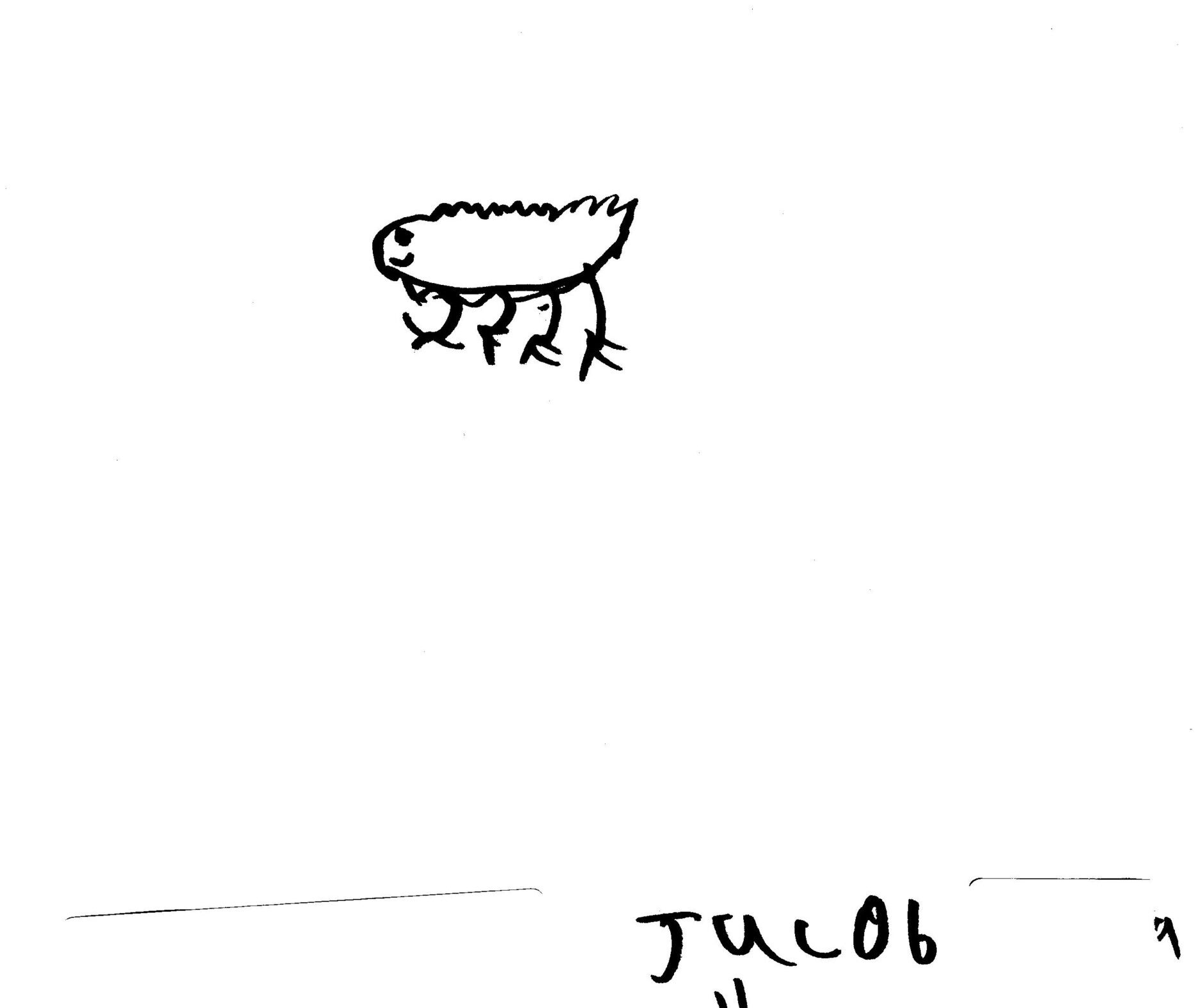Some articles are so good they do not need me to cover them or clarify points at all.
Beaver Moves Into Family’s Creek and Brings Entire Ecosystem to Canadian Backyard
Beavers are often called a “keystone” species, which in environmental terms means a species that is vital to the health and sustainability of a particular ecosystem, and without which, the health and nature of a given ecosystem will change drastically. (Of course, the more understanding we have of our natural environment, the more we realize that nearly everything works in harmony.)
One of the most widely-understood and studied keystone species is the beaver, whose extinction in many places of the world due to over-hunting for its fur as well as human development vastly changed the landscape. Beavers have been reintroduced in various places in the world today and its numbers in North America have rebounded to a healthy number, though it’s still only a fraction of the hundreds of millions originally thought to inhabit the continent.
Are you paying attention yet?
In this video, a Canadian family discovers the enormous difference that even a single beaver can have on their backyard stream. For after the beaver moves in and begins building its damn, much larger creatures come to take advantage of the watering hole the beaver has created.
Ok. Here is the best video of one of the young moose and its weird bird friend.
Every video over the last three days this bird has been lurking or interacting with this moose.
What do we think??? https://t.co/ekskX03z4M pic.twitter.com/qMgzNmMi7D
— Bunsen, BEAKER, and Bernoulli (@bunsenbernerbmd) September 25, 2024
Related: Pet Beaver Takes His First Dip In the Family Pool and It’s Just Too Cute
How a Keystone Species Works
As everyone knows, beavers build damns and lodges in stream beds. This is in order to create deeper pools, which provide them with a habitat to swim in as well as protect them from predation by large species. The entrances to their lodges are usually submerged and hidden, which keeps them safe from predators and provides a place to store food.
Their activity has a great cascading effect on the entire environment around them. The foraging they do as well as cutting down small saplings helps small bird and rodent species with their own foraging and feeding opportunities. The deadwood they leave behind becomes a host to many beneficial insects, which also form a food supply for birds and rodents. Many smaller mammals will make their homes in beaver lodges or in wood left behind by beavers. Additionally, the deeper pools become homes to a remarkable away of aquatic and amphibian life, as well as attracting larger animals to the watering holes.
That’s what you see in this video—a juvenile moose attracted to the pool area above the damn. In drought conditions, beaver dams like this are vital to creating sources of drinking waters for larger animals like moose.
And the moose, in turn, is helping another animal find a meal—but don’t worry, you’ll be happy about this one.
I believe its something like this: 
A whole moose family regularly visits this family’s backyard now, a move the woman who owns the property calls “an absolute Canadian stereotype.” Furthermore, when the juvenile moose comes to cool off in the water, he is often accompanied by a. Persistent magpie, who flits around his head and shoulders. But why?
Well, it’s another example of an entire ecosystem. See, magpies eat ticks, and moose often have them. It’s very common for insect-eating birds to follow around large ungulates like moose, elk, and deer, because they see them as a bug buffet.
All of these lives, big and small, are being made possible by what one little beaver is doing in a Canadian backyard.
Just imagine what a beaver will do in YOUR backyard. Or your city!






 She is doing the lord’s work and it’s a massive problem. Not just for beavers and birds but for otters and bobcats and every living thing that passes on the shore or dives in the water.
She is doing the lord’s work and it’s a massive problem. Not just for beavers and birds but for otters and bobcats and every living thing that passes on the shore or dives in the water.




































